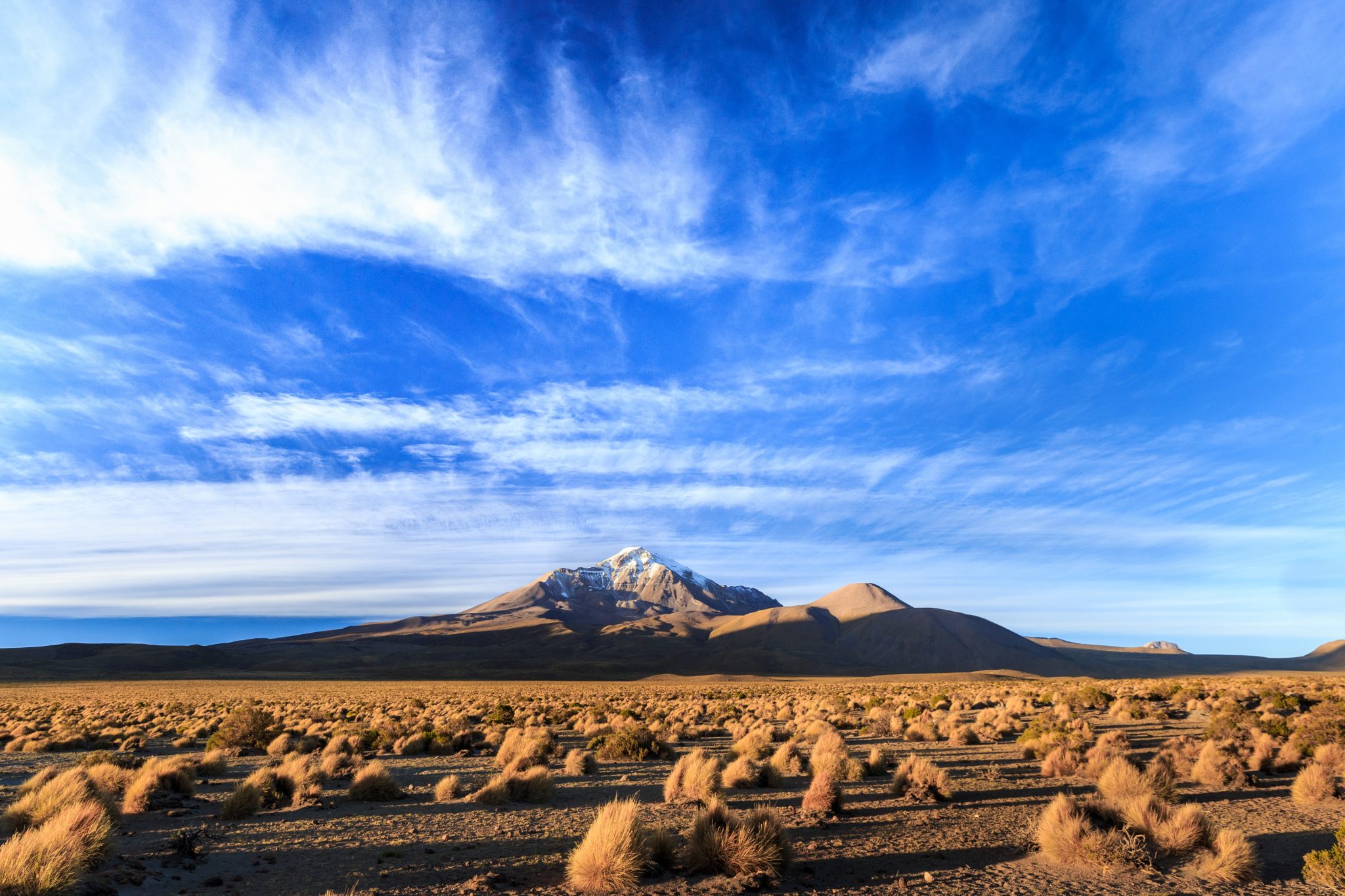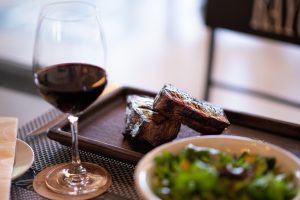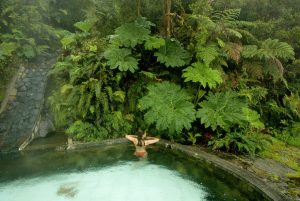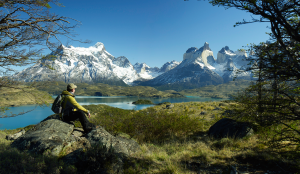Overland in the Chilean Altiplano: a challenge which meets expectations
By: Hernan Claro - 20 November, 2023

One of the favorite destinations for overland lovers is the Chilean Altiplano, which has even hosted previous editions of the Dakar Rally.
In the following article, we will tell you everything you need to know to have a four-wheel experience in the magical landscapes of our northern region.
Overland is an adventure to a remote destination aboard a vehicle capable of crossing diverse types of land. The idea is to visit less explored places for long periods of time.
Without a doubt, the Chilean Altiplano offers trails as exciting as challenging to live an overland experience that you won’t forget.
Overland in the Chilean Altiplano: from Calama to Visviri
In the Antofagasta region, Calama is an excellent starting point to go overland in the Chilean Altiplano.
If you want to do a complete tour and get to Visviri on the northern border, you will have to travel more than 800 kilometers (km) on medium-difficulty roads. It will take you between five to seven days to complete it, depending on the pace which you want to carry out your adventure at.
The amazing destinations in the north of Chile
The trip will allow you to get to know different iconic destinations in the north of Chile. Along Ruta 24 you will get to San Francisco de Chiu Chiu, where you will find one of the oldest churches in Chile and the amazing Inca Coya Lagoon, a mirror of water that, according to folktales, is said to have no bottom.
If you continue along Ruta 21, you will get to the border district of Ollagüe. There, you will find tours that will take you to the Alto Loa National Reserve, which is open for trekking and mountaineering, where you will see animals such as flamingos, Andean coot, and wild ducks.

Photo: Banco audiovisual Sernatur
Continue along Ruta B-15 and A-687 in order to get to the Salar del Huasco National Park, where you can explore places of archeological value, such as Cerro Charcollo. Further north, you will get to Lirima Hot Spring, wetlands with natural pools that will heal your pain.
Now, join the well-known Ruta 5 and you will be able to visit Humberstone and Santa Laura saltpeter, a ghost town that will allow you to connect with history.
Further north you will get to Arica, where you will visit iconic places, such as Morro Histórico, Chinchorro mommies museum and Humedal del Río Llutay sanctuary. Along Ruta A-135, you will get to Visviri, the northernmost town in Chile.
A suitable vehicle to go overland
If you go by truck, you can install from canopy campers to racks and rigid campers, which allows you to set up a bedroom and kitchen. Other options are vans, tow trailers, and expensive but comfortable motorhomes. You can also choose a 4×4 trip and camping at the campsites on the way.
It is important to have all the necessary equipment to face problems on your trip, such as a tire repair kit, spare fuses, water for the radiator, and motor oil.

Photo: @chileoverland
Keep in mind the demands of the Chilean Altiplano
Going overland in the Chilean Altiplano requires you to take different precautions. Drive only on authorized and registered roads, taking the necessary precautions on uphill, downhill, curves and gravel roads.
To avoid altitude illness drink water constantly and eat light food. Remember to rest and that heat produces fatigue. At nights, you have to be careful with the cold and the poor visibility.
Wear sunglasses to avoid the sun reflection and eye fatigue. If you encounter a sandstorm, reduce speed, turn on the lights, close the windows and the air in the vehicle. You also have to be careful if you encounter low fog or the well-known camanchaca. In that case, you will have to turn on the fog light and, if possible, go behind another car that can guide you.
Take the necessary precautions

Photo: @expedicion_overland
Remember to plan your route, considering in advance the monetary, climatic, hydration and food conditions. Always prefer tourist services registered with Sernatur.
You also have to be also a responsible tourist. Don’t leave trash behind, avoid picking up the flora and wild fruits, and do not feed the animals. If you go camping, do it only in authorized places and use tents in good conditions.
Wear appropriate clothes for a trip in the desert. At night, it is ideal to wear three layers of clothes: the first to transfer moisture out, the second for thermal insulation, and the third to protect you from wind, water and snow.



















